La difficile creazione di un giardino a L’Aquila
The difficult creation of a garden in L'Aquila - Italy
- 18 Feb 2024
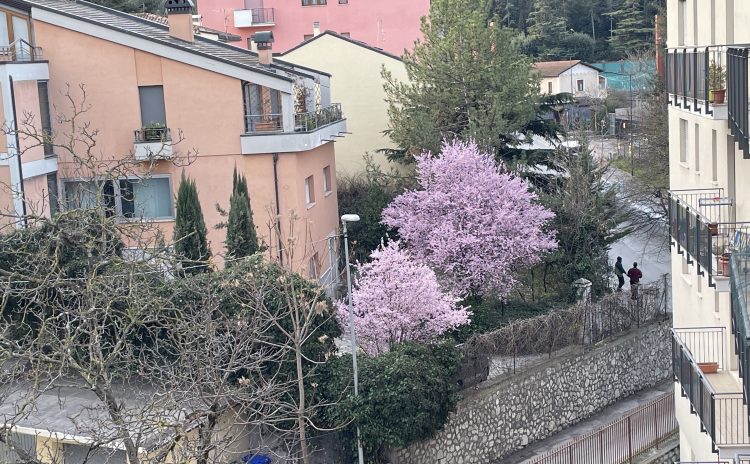
Nel contesto del design del giardino, soprattutto in una zona caratterizzata da un clima montano, variabile ed a volte estremo come quello di L’Aquila, la selezione di piante diventa un’espressione di arte e scienza insieme ed una sfida anche per il garden designer più esperto. L’approccio si deve, infatti, concentrare sulla scelta di essenze vegetali che non solo si adattino alle condizioni ambientali specifiche, ma che contribuiscano anche a creare un paesaggio esteticamente piacevole e funzionale tutto l’anno.
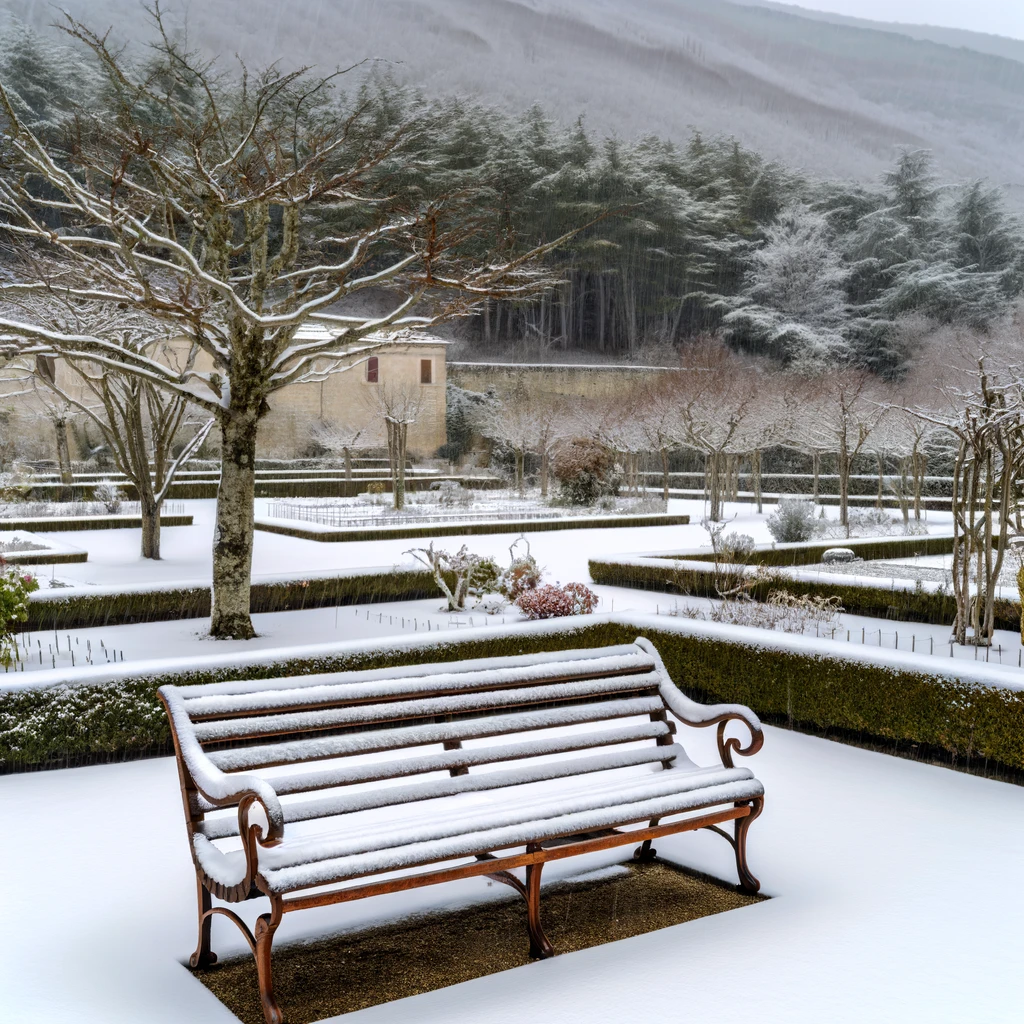
Ecco le raccomandazioni per comporre un giardino resiliente a L’Aquila:
- Piante Perenni: La scelta di perenni come la Lavanda (Lavandula), con il suo profumo inebriante, e l’Echinacea, dal fiore vivace e colorato, garantisce un giardino ricco di colori e profumi per gran parte dell’anno. Queste specie sono note per la loro resistenza alle basse temperature e richiedono una manutenzione relativamente bassa.
- Arbusti Ornamentali: Integrare arbusti come il Viburnum e il Cornus offre struttura al giardino, creando punti focali interessanti attraverso le stagioni. Questi arbusti non solo sopportano il freddo, ma aggiungono anche texture e colore con fiori, foglie e bacche.
- Alberi: La selezione di alberi robusti come il Faggio (Fagus sylvatica) e l’Acero (Acer) contribuisce a definire lo spazio, fornendo ombra e un habitat per la fauna selvatica. La loro capacità di adattarsi a varie condizioni climatiche li rende ideali per un giardino a L’Aquila.
- Erbe Aromatiche: L’incorporazione di erbe come Rosmarino (Rosmarinus) e Timo (Thymus) non solo aggiunge varietà sensoriale al giardino con i loro profumi e sapori, ma queste piante sono anche estremamente resistenti e possono prosperare in zone con esposizione solare diretta.
- Bulbi: L’introduzione di bulbi come Narcisi e Tulipani garantisce esplosioni di colore all’inizio della primavera, segnalando l’arrivo della nuova stagione con una vivace palette di colori.
- Coperture del Suolo: Per le aree a bassa manutenzione, piante come la Pervinca (Vinca) e il Sedum offrono soluzioni eccellenti per coprire il terreno, riducendo l’erosione e creando un tappeto verde che si pone come complementare alle altre piante del giardino.
La progettazione di un giardino in un’area come L’Aquila richiede una profonda conoscenza delle condizioni locali e delle esigenze specifiche delle piante. Ogni scelta deve mirare a creare un equilibrio tra bellezza, sostenibilità e resilienza, assicurando che il giardino non solo sopravviva ma prosperi nelle condizioni date. Questo giardino, quindi, non dovrà essere solo un luogo di bellezza visiva, ma anche un ecosistema funzionale che promuova la salute ambientale, la biodiversità e la sostenibilità.
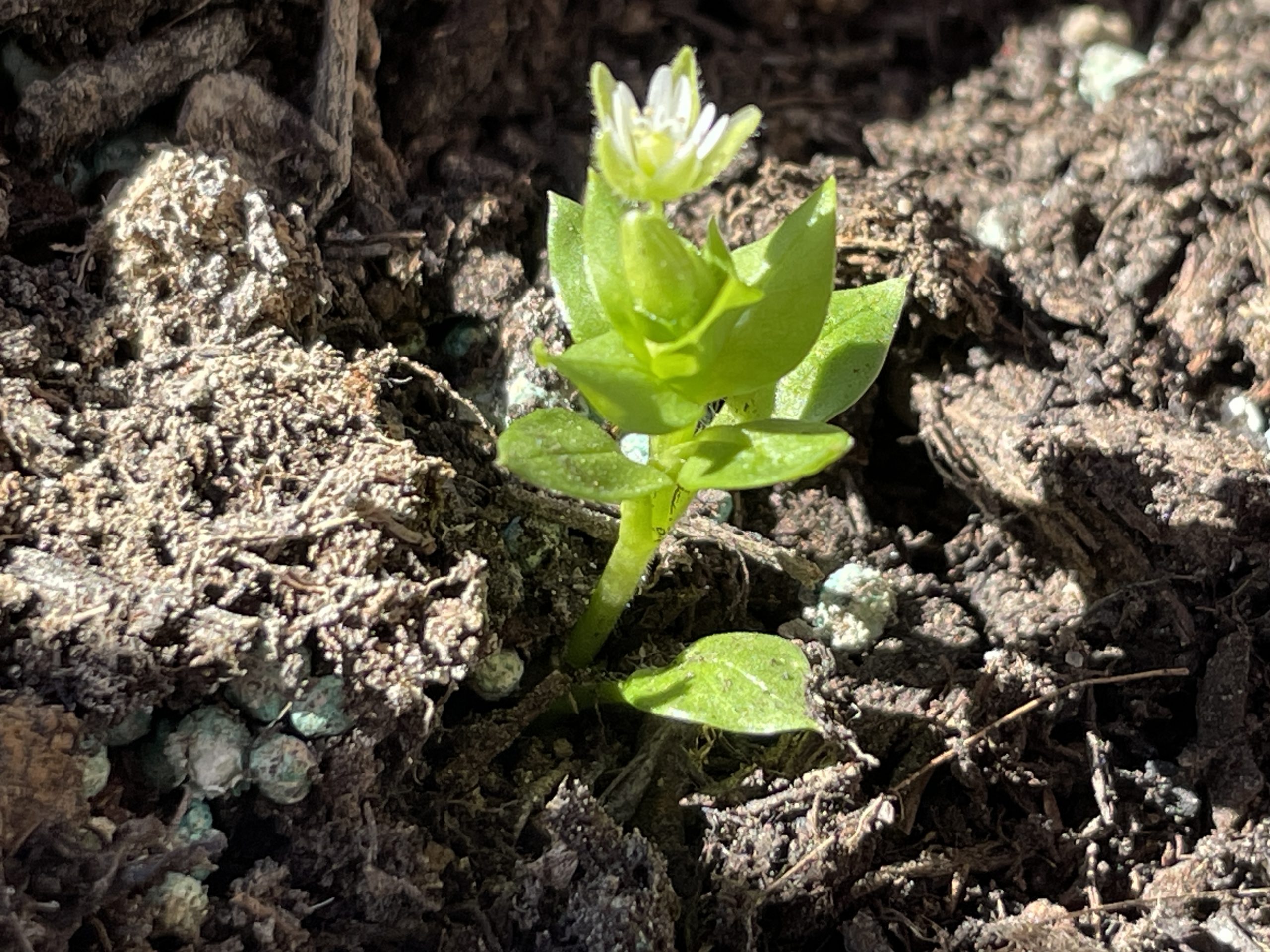
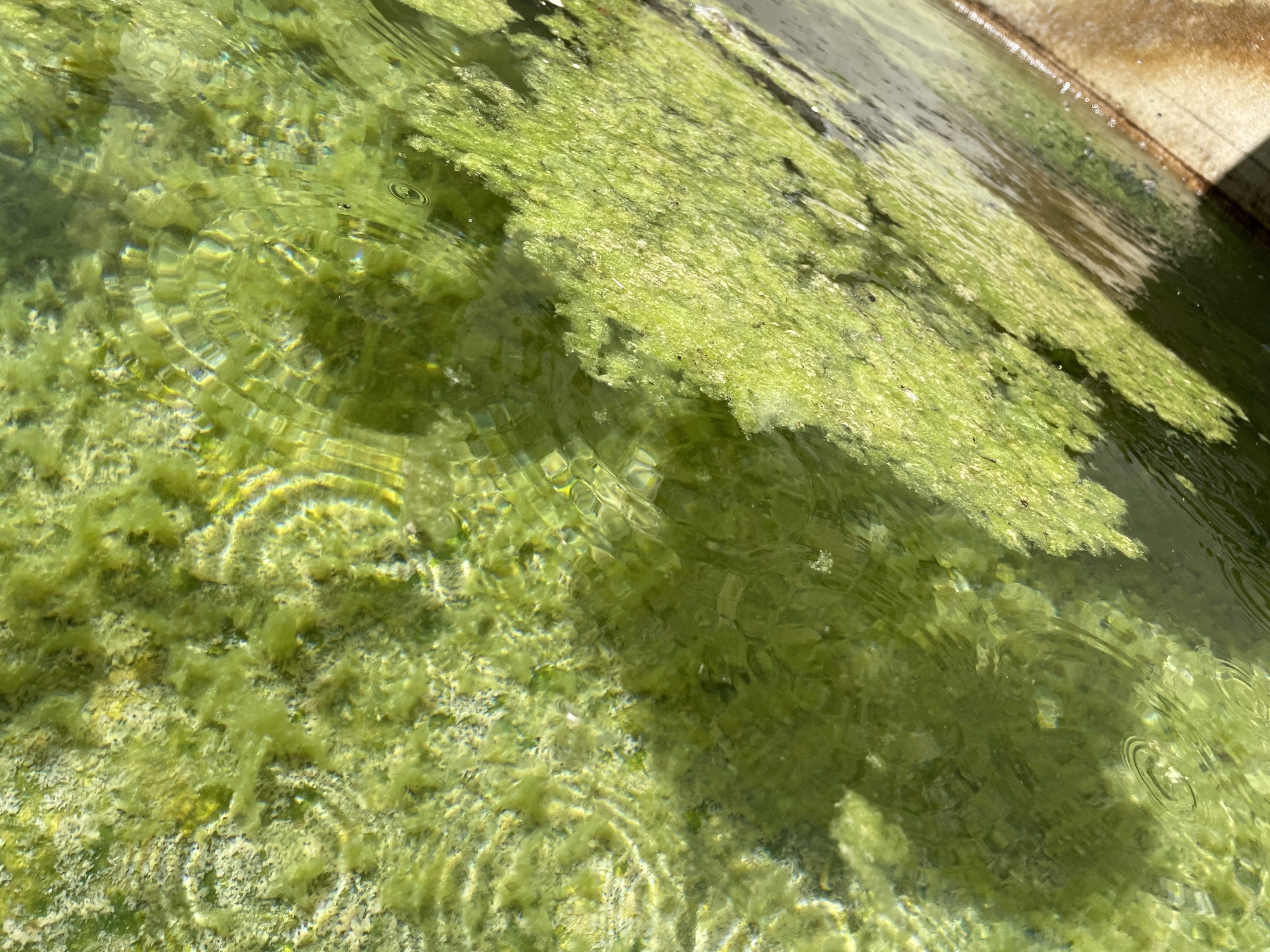
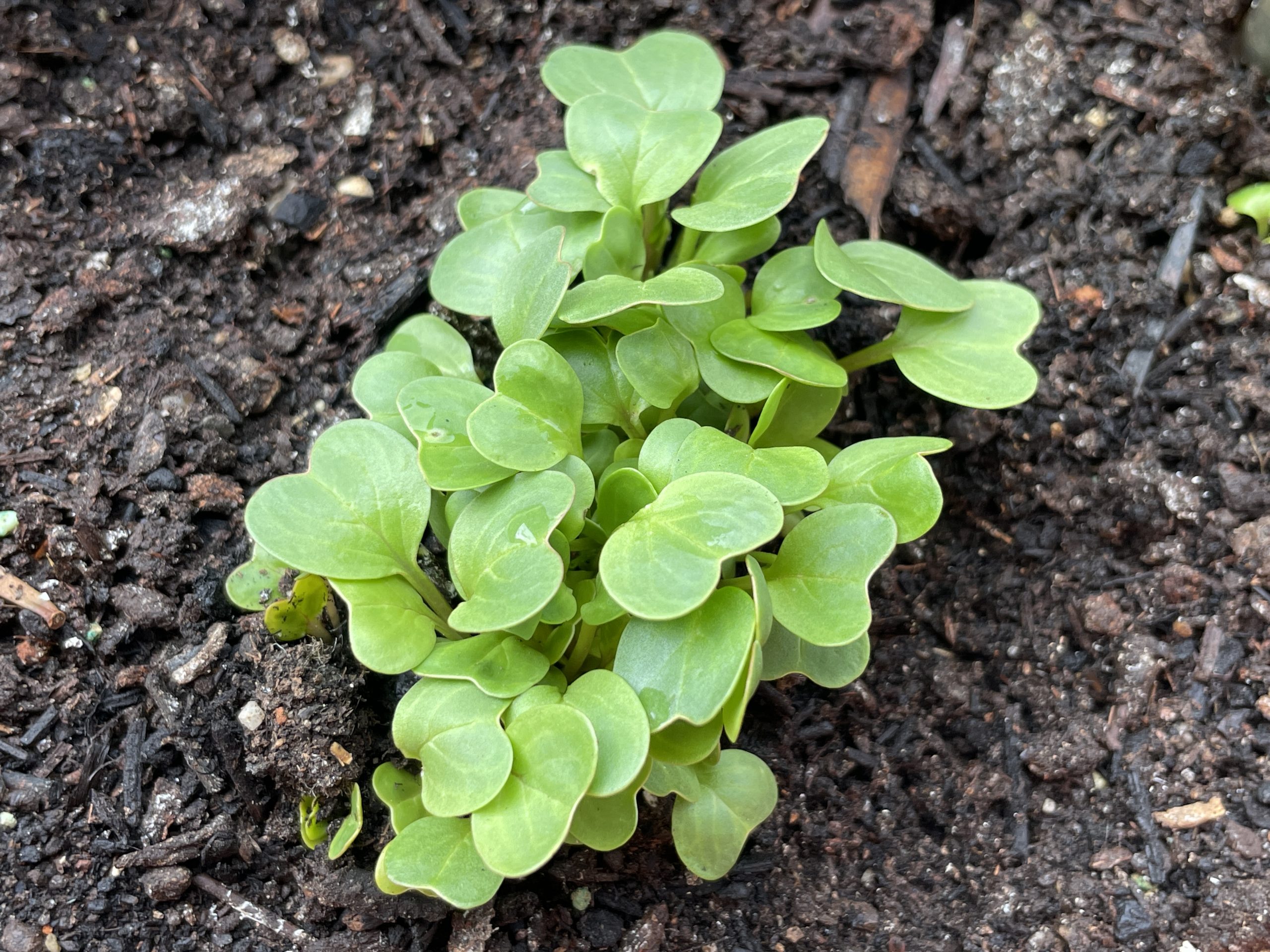
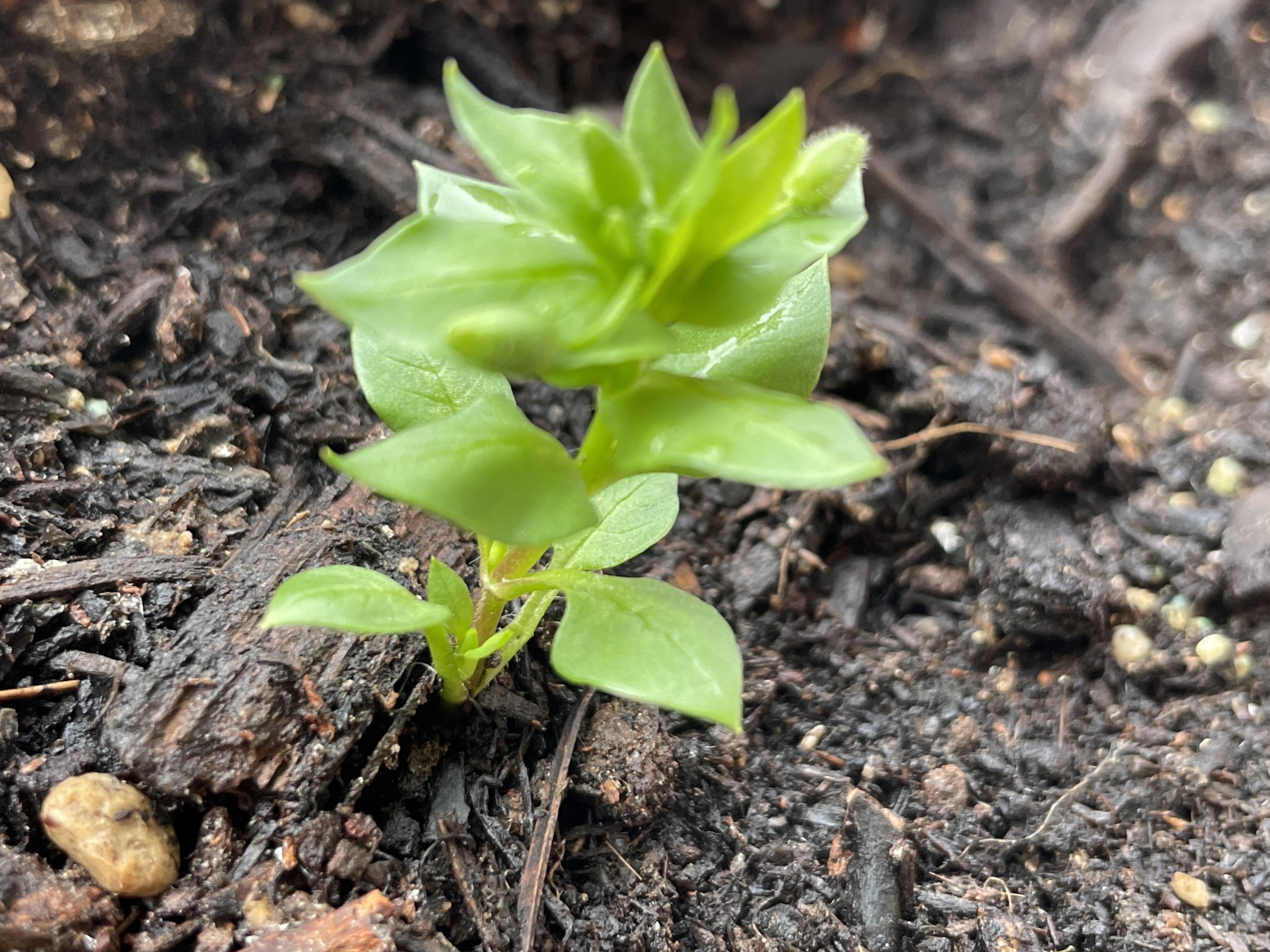
Il nostro obiettivo deve essere sempre quello di creare giardini che siano vivi, che respirino con l’ambiente circostante e che siano testimoni del nostro impegno verso la cura e il rispetto della Terra, ricordandoci che viviamo abbarbicati a questa goccia d’acqua nell’universo, circondata da un freddo e inanimato vuoto cosmico e che è necessario preservarla ad ogni costo.
 Arch. Anselmo Santilli – ZEDPROGETTI srl
Arch. Anselmo Santilli – ZEDPROGETTI srl
In the context of garden design, especially in an area with a mountainous, variable and sometimes extreme climate like L’Aquila, plant selection becomes an expression of art and science together and a challenge even for the most experienced garden designer. The approach must, in fact, focus on the choice of plant essences that not only adapt to the specific environmental conditions, but also contribute to creating an aesthetically pleasing and functional landscape all year round. Here are the recommendations for composing a resilient garden in L’Aquila:
- Perennials: Choosing perennials such as Lavender (Lavandula), with its intoxicating scent, and Echinacea, with its vibrant, colourful flower, ensures a garden full of colour and fragrance for much of the year. These species are known for their resistance to low temperatures and require relatively little maintenance.
- Ornamental shrubs: Integrating shrubs such as Viburnum and Cornus provides structure to the garden, creating interesting focal points through the seasons. These shrubs not only withstand the cold, but also add texture and colour with flowers, leaves and berries.
- Trees: The selection of robust trees such as Beech (Fagus sylvatica) and Maple (Acer) helps define the space, providing shade and a habitat for wildlife. Their ability to adapt to various climatic conditions makes them ideal for a garden in L’Aquila.
- Aromatic Herbs: The incorporation of herbs such as Rosemary (Rosmarinus) and Thyme (Thymus) not only adds sensory variety to the garden with their scents and flavours, but these plants are also extremely hardy and can thrive in areas with direct sun exposure.
- Bulbs: The introduction of bulbs such as Daffodils and Tulips ensures explosions of colour in early spring, signalling the arrival of the new season with a vibrant colour palette.
- Ground Cover: For low maintenance areas, plants such as Periwinkle (Vinca) and Sedum offer excellent solutions for covering the ground, reducing erosion and creating a green carpet that complements other plants in the garden.
Designing a garden in an area like L’Aquila requires a thorough understanding of local conditions and the specific needs of plants. Every choice must aim to create a balance between beauty, sustainability and resilience, ensuring that the garden not only survives but thrives in the given conditions. This garden should therefore not only be a place of visual beauty, but also a functional ecosystem that promotes environmental health, biodiversity and sustainability. Our goal must always be to create gardens that are alive, that breathe with their surroundings and that bear witness to our commitment to care and respect for the Earth, reminding us that we live clinging to this drop of water in the universe, surrounded by a cold, inanimate cosmic void, and that we must preserve it at all costs.

